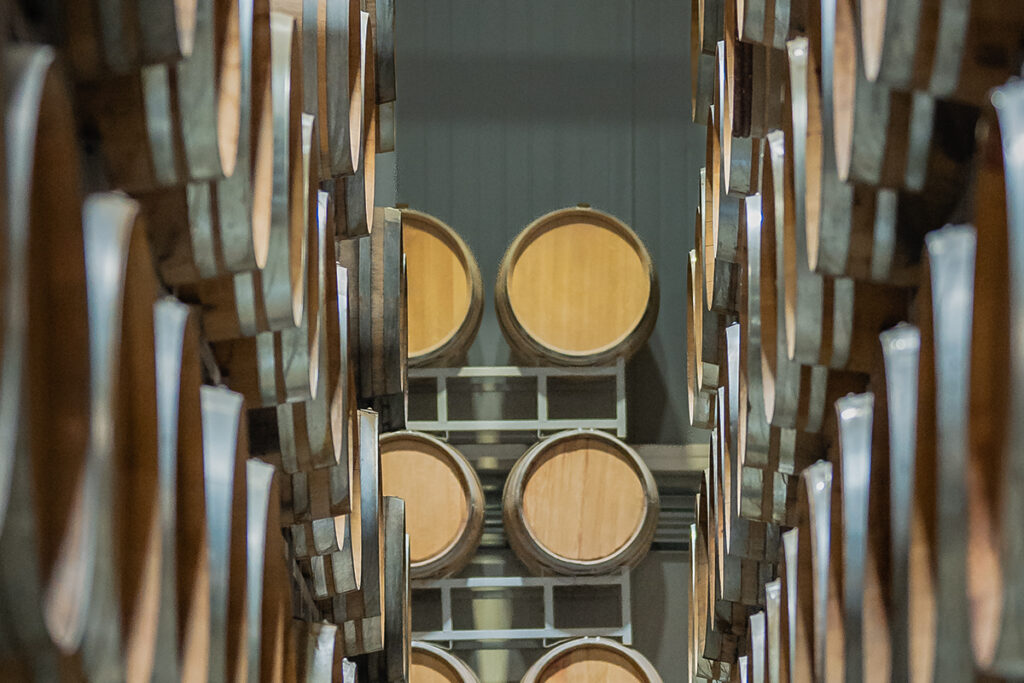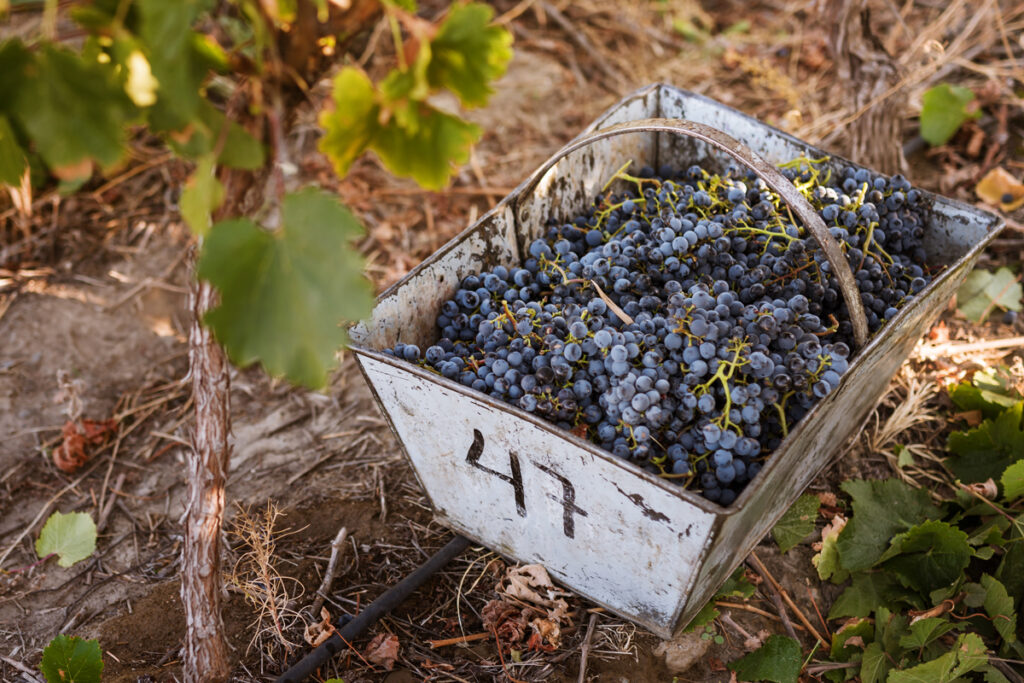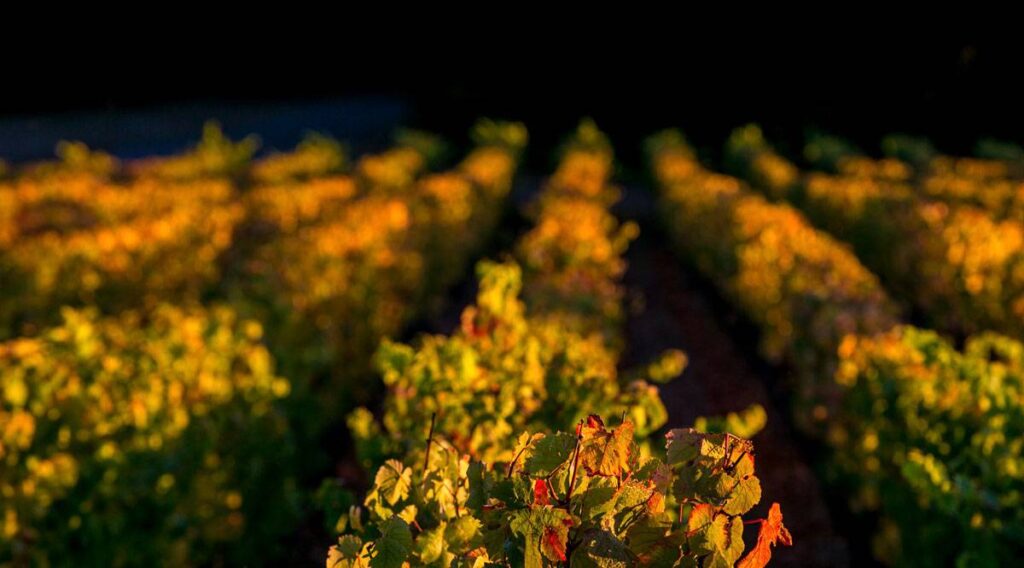Vessels for winemaking: shapes, sizes and features

Ever since the beginning of winemaking, the vessels used for crafting, storing and transporting wine, such as leather containers and clay pots, have posed many practical issues with relevant implications for the different outcomes achieved by producers and winemakers. This is why this topic has long been a matter of dedication, careful study, and application of resources and knowledge. Although lately there has been a revival of the importance and influence of terroir on the finished wine, it is virtually impossible to imagine the universe of wine without thinking of the vats that will be used in the production process.
Materials
As implied above, vessels can be made of different materials. Currently, concrete, oak and stainless steel are the norm, the latter being the most widely used. Stainless steel can be considered timeless since it endures tear and wear spotlessly and it is easy to clean, thus optimizing the use of water. Concrete enables temperature control at all times through the long winemaking process and oak imparts texture and aromatic complexity to the wine due to its various toast levels.
Shapes
The shape of a vessel is equally important when it comes to fermentation and aging. The options available are cylindrical vats, which are the most versatile as they fit both red and white winemaking; truncated conical vats, whose diameter at the top is wider than that at the bottom and are more often used to make red wines; and finally, diamond-shaped vats, which resemble the truncated conical ones in that they consist of two inverted truncated conical vats joined at their base. The diamond-shaped vat has been an in-house innovation by Rutini Wines Head Winemaker Mariano Di Paola. It is usually used to craft full-bodied and lush red wines, with long aging potential. Furthermore, eggs and roll fermentors must also be added to the list. Egg-shaped vats (made of either concrete or stainless steel) offer a higher skin-juice contact ratio and roll fermentors – another in-house creation by Mariano Di Paola alongside Pascal Conte, Former Director at Tonnellerie Vernou –allow for a fermentation where the oak influence is not overpowering but seamlessly integrated. It is basically a barrel that rotates on a central axis over some rolling pins that makes a balanced extraction of color and tannins possible in the presence of oxygen and wood.
The key to a successful choice of vessel lies in being aware of the intended wine style and based on that information, selecting the best resources, i.e. vessels, that will lead us to the crafting of quality products. Wines renowned for their outstanding balance and born to be indulged in


